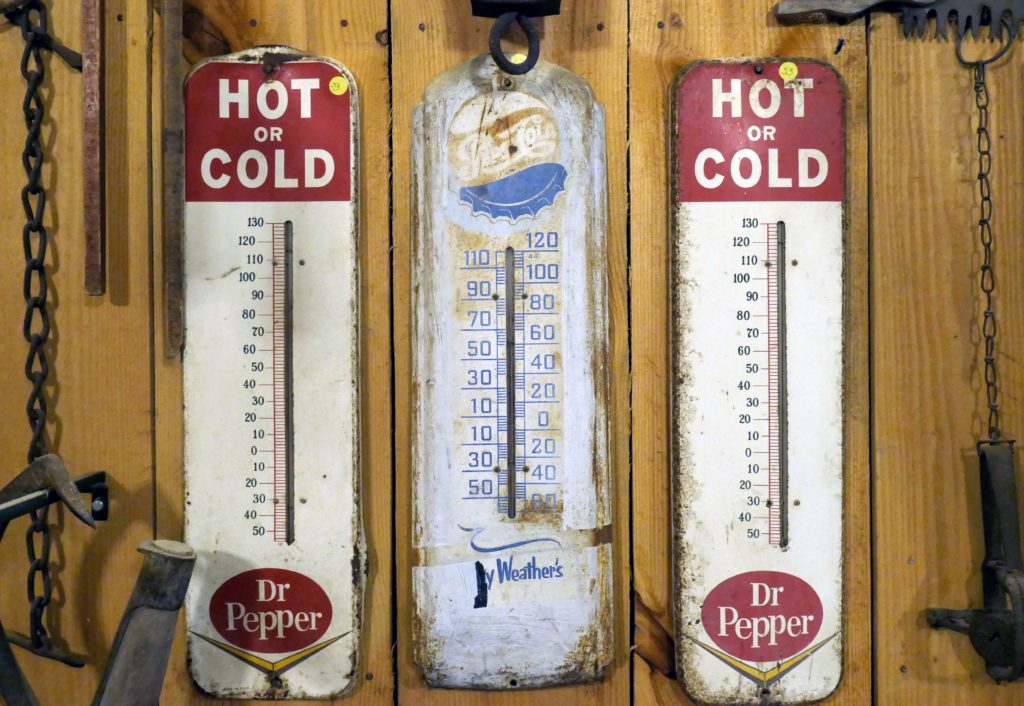When it’s a challenging year, you do not feel motivated to reflect on it. But because you have had a challenging time, reflection can ease that pain and provide some options for the future.
Give Yourself the Gift of Self Reflection
In the last few weeks of each year, I’ll take time to reflect on the past year to help me plan for the year ahead. When it’s a good year, I may feel energetic and do some deep reflections on many parts of my year: relationship with my spouse, family, career, volunteering, health, and more. The learner in me is thrilled to dig deep into years that have been good in several of these areas.
When I’ve had a difficult year, I struggle with reflection. I don’t want to look back. I want to move forward. But I know the best way to move forward is to take time to reflect on where I struggled, why I struggled, and what I might want to do about those past struggles in the new year.
While I might want to avoid it or feel I’m too busy at the end of the year, I know the best thing I can do is give myself time to reflect.

How to Carry Struggles Forward
As I reflect on the struggles of last year, I also need to decide which of those struggles I might want to explore in some safe ways in the new year. I don’t want to explore all the struggles in the coming year. Reliving all the struggles might be too stressful and cause another challenging year.
Instead, I might want to pick one big struggle and try to set some goals to explore the struggle or find some options to better resolve this struggle in the future. Some of those options might be difficult and take time. They might even take the whole year ahead.
For instance, at the end of 2020, I realized I was not doing a great job of tracking my finances for my solo consulting business. But because I didn’t really understand the language of finance, I was apprehensive to hire someone to help. Who could I trust?
In early 2021, I set a goal to learn more. In exploring my options, I found a very unique course for solopreneurs and small business owners to manage their business finances. The course taught me important lessons:
- It always helps to have a mentor that can explain new concepts in a frame you are more comfortable with (Thank you Steven Wilkinson for showing the patterns of art and patterns of finance can be a Rosetta Stone for learning finance.)
- You can learn the patterns and language of finance if you give yourself time and a good framework to understand it.
- Understanding grows confidence and confidence allows you to explore for more understanding. I now feel like I can explore more in finance.
Will I become a bookkeeper now? No. Do I feel more comfortable hiring and working with bookkeepers and accountants now. Definitely!
Maybe there is not one big struggle that stands out, or I decide I’m not ready to tackle it. Are there two or three smaller struggles that I might examine and work on in the coming year? Are they related? Were there any positives that helped with the struggles?
Several years ago, I encountered a number of new health challenges that interfered with how I worked, how I exercised, and how I spent time with family. When I stepped back and looked at these small issues and saw the relationships, I was able to experiment with new ways of working and living. I even found new opportunities that led to my publishing my first book and sharing many of the experiences on my blog. A whole new way of life opened up for me by reflecting on those difficulties. I found new ways to leverage my strengths.
But how can you step back and see them?
Taking Your Own Temperature for the Year
With my background in coaching teams and organizations for many years, I’ve learned to adapt some of the same exercises for personal use. One of the tools I greatly value when I’m uncertain of the path forward is Virginia Satir’s Temperature Reading exercise. (A description of using this tool with teams is provided by Naomi Karten in this article.)

Originally developed for use in groups, I’ve also discovered the Temperature Reading to be an effective self-reflection tool for challenging reflections. It consists of five parts as follows:
- Appreciations
- New Information
- Puzzles
- Complaints with Recommendations
- Hopes and Wishes
The first and last part requires some explanation. The other three parts are just questions for you to answer.
Appreciations
This step is critical and should be done first. Think through the events of the year and answer these questions:
- Who helped you with a challenging problem during the year? Specifically, how did they help? Did they provide options, advice, or solutions?
- Who inspired you this last year? What was the inspiration and what was the impact or action that came from it?
- Who helped by just listening to your concerns?
To make this truly effective, now plan some time to reach out to these people in the first couple of weeks of the new year. It’s best to share the appreciation personally and directly. You don’t need a card or a thank you gift; you just need to do it as close to “in person” as you can. If you can, meet them in person (physically or online with video). Spend a little time catching up with them and then share what you discovered in your answers above as follows:
“I appreciate you because … (give the reason in your answer to the question above)”
Or
“I appreciate you for … (give the reason)”

If this is new for you, you may be very surprised at the effect this simple appreciation will have on them and on you. It’s so rare to hear an appreciation for a specific action that the impact can set a positive tone for both of you for the day, the week, or even longer.
Warning: Sharing appreciations this way can be addictive. You might start doing it all year round and increase the positivity level of many people you interact with.
New Information
For me, this section of the Temperature Reading is a little different in a personal context than described in Naomi’s article. I look at the following questions while reflecting on a year:
- What new information did I learn during the year?
- Could this new information have helped me sooner?
- Is it clear what a good first step would be to take advantage of this information?
- What other opportunities does this new information open up?
You might end up revisiting some of these answers when you get to the last section.
Puzzles
- What still confuses you or impacted your progress during the year and your not sure why?
- Who could you talk to about this situation?
- Can they give you three options (puzzle pieces) for solving this puzzle?

Complaints with Recommendations
- What frustrated you during the year that still seems frustrating?
- Who could you talk to about this frustration that might give you neutral observations? (i.e., this usually means they are not frustrated and do not have a stake in the outcome like you do)
- What options or recommendations could they provide?
Hopes and Wishes
You may not be a wishing type of person. If that’s the case, substitute something like the following:
If I were king/queen/president/“in charge”, I would …
If money were no object …
If I could go anywhere and do anything …
If I won the biggest jackpot lottery tomorrow …
In other words, if you had no constraints, what would you do next?
Maybe you consider one big dream. Maybe you have a few things in mind. Regardless, what would be a first step to making one of those dreams happen (See 15% solutions for more inspiration)
Next Steps for the New Year
What do you do with all of this information? Do I need to resolve all of this? No.
These are all options for you to possibly pursue in the coming year. Remember what I said in the beginning: don’t tackle it all or it will feel like you are reliving that difficult year.
What I would recommend after gathering information in your personal Temperature Reading:
Share all the Appreciations You Thought Up
While there is an immediate positive effect for you and the receiver of the appreciation, there are ripple effects to this practice that can come back in many positive ways. So try to share those appreciations in the early part of the year and do it as personally as possible.
Pick One Challenge to Work On
What patterns do you see in the New Information, Puzzles, and Complaints sections? I often find one or two patterns will stand out. I might pull those pieces of the pattern together and form a goal. This goal will help me minimize or eliminate a particular challenge in the future. (This is how I solved my business finance challenge mentioned earlier)
Pick One Wish to Work On
I find it useful to set at least one goal that energizes me. This is where the Hopes and Wishes section becomes important. After I’ve flushed out some of the negative thoughts by capturing things in the middle three sections, my mind opens up to possibilities in considering what I can wish for. Setting that 15% solution to take first steps toward that wish typically results in a goal I can’t forget. I find myself so energized by the possibility, that I find a way to work on it every week in the new year.
You should end up with some wonderful memories to start the year when you share appreciations personally, set one challenge goal to overcome past obstacles, and take steps toward a new wish goal. You had a tough year. Don’t take on more in the year to come. Ease into that new year with positive action and intentions.
Let me know how it goes in the comments below or contact me directly.

